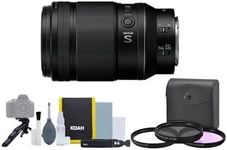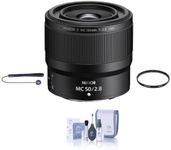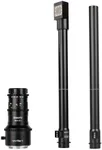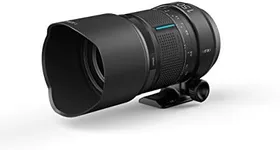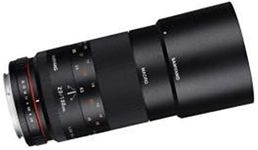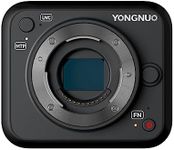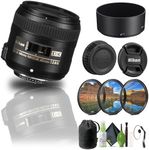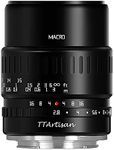Buying Guide for the Best Nikon Macro Lens
Choosing the right macro lens for your Nikon camera can significantly enhance your close-up photography, allowing you to capture intricate details of small subjects like insects, flowers, and textures. When selecting a macro lens, it's important to consider several key specifications that will impact the quality and usability of your photos. Understanding these specs will help you make an informed decision based on your specific needs and preferences.Focal LengthFocal length determines how close you can get to your subject while still achieving focus. For macro photography, common focal lengths range from 40mm to 200mm. Shorter focal lengths (40-60mm) are great for general close-up work and are more affordable, but you need to get very close to your subject, which might scare away live subjects. Mid-range focal lengths (90-105mm) offer a good balance, allowing you to maintain some distance while capturing detailed shots. Longer focal lengths (150-200mm) let you shoot from a greater distance, which is ideal for photographing skittish subjects like insects. Choose a focal length based on the type of subjects you plan to photograph and how close you can get to them.
Maximum ApertureThe maximum aperture of a lens, indicated by an f-number (e.g., f/2.8), determines how much light the lens can gather and affects depth of field. A larger maximum aperture (smaller f-number) allows more light to enter, which is beneficial for shooting in low light conditions and achieving a shallow depth of field to isolate your subject from the background. For macro lenses, a maximum aperture of f/2.8 is common and provides a good balance between light-gathering ability and depth of field control. If you often shoot in dim environments or want to create a strong background blur, opt for a lens with a larger maximum aperture.
Magnification RatioThe magnification ratio indicates how much the lens can enlarge the subject. A 1:1 magnification ratio means the subject is projected onto the camera sensor at life-size. This is a key feature for true macro photography, allowing you to capture fine details. Some lenses offer higher magnification ratios (e.g., 2:1), which can be useful for extreme close-ups. If your goal is to capture the smallest details of tiny subjects, look for a lens with at least a 1:1 magnification ratio.
Image StabilizationImage stabilization helps reduce camera shake, which is especially important in macro photography where even slight movements can blur the image. Some macro lenses come with built-in image stabilization, which can be very helpful when shooting handheld or in low light conditions. If you often shoot without a tripod or in situations where stability is a concern, consider a lens with image stabilization to ensure sharper images.
AutofocusAutofocus speed and accuracy are important for capturing sharp images, especially when photographing moving subjects like insects. Some macro lenses have faster and more precise autofocus systems than others. However, manual focus is often preferred in macro photography for greater control over the focus point. If you value convenience and speed, look for a lens with reliable autofocus. If you prefer to fine-tune your focus manually, ensure the lens has a smooth and responsive manual focus ring.
Build Quality and Weather SealingThe build quality of a lens affects its durability and longevity. Lenses with metal barrels and high-quality construction are more robust and can withstand rough handling. Weather sealing is another important feature, especially if you plan to shoot outdoors in various weather conditions. A weather-sealed lens will protect against dust and moisture, ensuring reliable performance in challenging environments. If you frequently shoot in the field or in adverse conditions, prioritize a lens with solid build quality and weather sealing.

